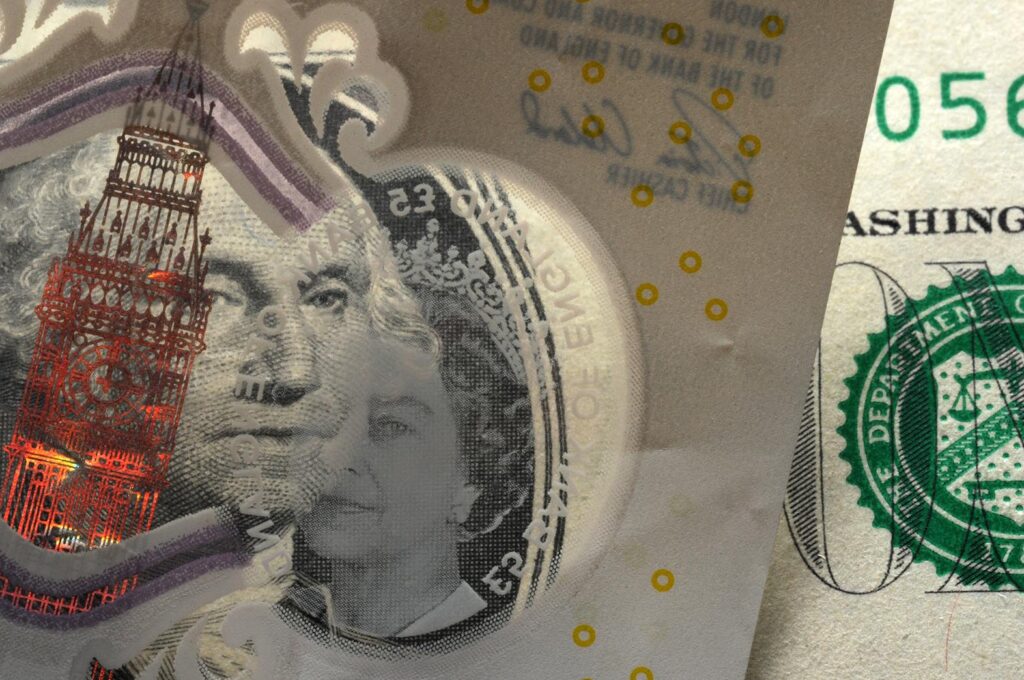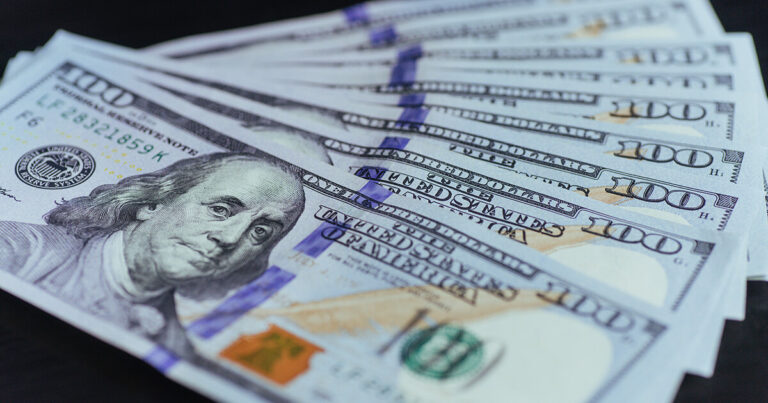 The Delta variant concerns and China’s crackdown outweighed economic updates in a week that saw safe-haven currencies emerge victoriously. Despite broad negative sentiments in the forex news that move the market, the Swiss franc outperformed the American dollar taking the top spot.
The Delta variant concerns and China’s crackdown outweighed economic updates in a week that saw safe-haven currencies emerge victoriously. Despite broad negative sentiments in the forex news that move the market, the Swiss franc outperformed the American dollar taking the top spot.
Meanwhile, the Australian dollar settled at the bottom underpinned by negative mood and Australia’s monetary policies.
The Fundamentals That Moved The Forex Market

Coronavirus News
As of 1st August 2021, Coronavirus confirmed cases hit 198 million with 4.22million deaths. Globally, 4bilion vaccine doses have been administered, with the US leading the inoculation rate.
On the other hand, vaccination in the developing world is painfully slow compared to the developed world. Experts are now worried because coronavirus infections are spreading faster among the unvaccinated.
And the pandemic is slowly becoming the pandemic of the unvaccinated. The delta variant continues to cause jitters as it is highly transmissible and could be transmitted even by the vaccinated individuals.
Economic Updates
The G7 Nations posted minimal economic data that were not sufficient to counter the negative sentiments. Generally, most of the economies posted positive updates, and IMF reports indicate the world economy would expand by 6% in 2021.
US-China Tensions
Diplomats from the two powerful nations held a meeting on Tuesday to iron out their grievances. In the contentious meeting, China laid bare its demands, but the US showed no interest in honoring them.
China wants the US to stop interfering with its political system, drop all trade tariffs and sanctions, and stop meddling with Hong Kong, Xinjiang, and Taiwan affairs.
The US adopted a tough stance but left open the prospect of a future meeting between the two countries’ presidents.
Oil Price Trend

Amid the coronavirus concerns, the oil price trend ended the week higher to mark a second weekly gain. With a sharp decline in US stocks, China cut on importation and tight production regulations imposed by OPEC.
Oil Prices increased by 2.61 to close at 73.95 against the American dollar.
G7 Currencies Performance And Economic Review
Table: G7 Performance summary
| currency pair | 26th July 2021 | 1st August 2021 | Average exchange rate | Percentage change | remarks |
| USD | 92.651 | 91.188 | 92.293 | 0.796 | drop |
| GBPUSD | 1.3816 | 1.3902 | 1.3892 | 1.1422 | Increase |
| EURUSD | 1.1799 | 1.1869 | 1.1847 | 0.8326 | increase |
| USDCHF | 0.9159 | 0.9054 | 0.9103 | 1.4799 | drop |
| USDJPY | 110.34 | 109.70 | 109.83 | 0.76 | drop |
| USDCAD | 1.2540 | 1.2470 | 1.2516 | 0.7245 | drop |
| AUDUSD | 0.7380 | 0.7344 | 0.7371 | 0.2716 | drop |
| NZDUSD | 0.7004 | 0.6974 | 0.6977 | 0.043 | drop |
USD
Among the forex news that move the market, a dovish FED and weak economic data left the green buck in the red. As a result, the dollar weakened by 0.79% to 92.174 previously it had rallied by 0.24% to 92.906.
At the beginning of the week, durable good orders and consumer sentiments uplifted the dollar’s performance. Continuing to rise, durable goods orders rose 0.3% after rising 0.5% previously.
In July, consumer confidence increased significantly. The index rose from 128.9 to 129.1, beating economists’ forecast of a decline to 126.0. But the dollar suffered a setback in the second half of the week as adverse economic reports and FED comments weighed on it.
Jobless claims and second-quarter GDP figures dominated Thursday’s forex news. They were skewed towards the negative, though. The US economy grew by 6.5%, Falling short of the projected economic growth of 8.5%.
Jobless claims projections failed to meet expectations as well. Despite the Economist’s forecast of 370k, the numbers plummeted from 424k to 400k. Despite the overall trend, inflation and personal spending came in ahead of estimates for the week.
As June’s personal spending rose by 1.0%, the yearly inflation rate jumped to 3.5%. Although the statistics were significant, the FED press conference and monetary policy announcement were the week’s highlights.
As expected, the FED kept its monetary policy unchanged near zero. Taking a dovish stance, the FED Chair reassured the markets that there would be no changes in the near term.
European Majors, Impressive Performance

British Pound Latest News
There was no significant economic data to drive the British pound latest news leaving its performance to IMF economic growth forecasts and delta coronavirus variant updates.
Supported by IMF optimistic forecasts, the pound rallied by 1.13% to 1.3904. In the week before, it had fallen by 0.14%. The pound also received more support as Britain registered a significant drop in coronavirus cases.
Amid the global Coronavirus swelling infection, Britain recorded a significant drop in infectious, below 25K daily records.
Usd vs Eur Forecast
The euro rose by 0.84% during the week to 1.1870 after a decline of 0.30% the week before. Germany’s economy impacted the usd vs eur forecast as it dominated the eurozone’s forex news that moved the market.
Consumer and business confidence figures in the forex news that move the market presented mixed results. Despite the reopening of economies, business sentiment fell in July, and consumer confidence remained steady.
Germany’s unemployment figures were positive, dropping from 5.9% to 5.7% in July. Meanwhile, inflation pressures continued to build in Germany, with the annual rate of inflation rising to 3.8% in July.
At the end of the week, the key statistics were the GDP’s first estimates and preliminary inflation data. Quarterly, German and French economies surged by 1.5% and 0.9%, respectively.
In the eurozone, the economy grew 2.0%, beating the forecasted 1.5%. Before this quarter’s growth, the economy had shrunk by 0.3%. The inflation rate also increased in line with member states.
Preliminary figures indicate that inflation in the eurozone accelerated from 1.9% to 2.2% in July, exceeding the ECB’s 2% target.
USDCHF Forecast
For the week, the Swiss franc rallied by 1.5% to close at 0.9054 against the American dollar. Switzerland’s economic barometer drops from 133.34 to 129.82. Scarce economic updates and coronavirus news significantly impacted usdchf forecast.
Negative sentiments emanating from delta variant concerns and US-China tensions significantly buoyed the swiss franc to be the week’s top performer.
Canadian Dollar Exchange Forecast
Canada had a relatively quiet week on the economic calendar that witnessed the Lonnie rising by 0.71% to 1.2475 after a previous 0.38% rally. GDP and Inflation numbers primarily drove the Canadian dollar exchange forecast for the week.
Canada’s economy shrunk by 0.3% after a previous 0.5% contraction. Despite Canada’s struggling economy, the annual inflation rate slowed to 2.7% from 2.8%.
Global oil prices improved for the second consecutive week providing the much needed support to the canadian dollar.
Asia Pacific G7 Currencies, Mixed Performance

In a mixed performance, the Aussie dollar dropped, the kiwi dollar remained unchanged, and the Japanese yen grew.
Aud Currency To Us Dollars
For the week, the Aussie dollar dropped by 0.30% to 0.7344 as Inflation figures mainly influenced the aud currency to us dollars exchange rate. With no other statistics on the forex news that move the market, mixed inflation figures weighed heavily on the Aussie.
While the annual inflation rate soared from 1.1% to 3.8% in the second quarter, the trimmed inflation mean rate surged from 1.1% to 1.6%. The wholesale price index also increased but at a slower pace than expected.
Amid expectations of a 3.5% inflation rate, Australia’s wholesale inflation rate rose from 0.2% to 2.2%. However, spiking Coronavirus in Australia and the resultant lockdown measures weighed heavily on the Aussie.
NZ Exchange Rate News
According to nz exchange rate news, the Kiwi Dollar closed the week virtually unchanged at 0.6974. In a relatively busier week trade data, and business and consumer confidence were the only economical statistics in the forex news that move the market.
In June, New Zealand’s imports increased, leading to disappointing trade data. The increased data caused its trade surplus to reduce from NZ$498m to NZ$261m. Negatively skewed Business and consumer confidence data also pressured the kiwi dollar.
Meanwhile, consumer confidence indexes also declined from 114 to 113.1 as business confidence dropped from 0.60 to -3.80. But the insufficient economic data could not sink the Kiwi.
Japanese Yen To Dollar Trend
Japan had another relatively busier week. It reversed its previous loss of 0.44% and rallied by 0.75% to close at 109.72 against the dollar in the week.
At the beginning of the week, the private sector data featured in the forex news that move the market. Later in the week, retail sales and industrial production impacted the Japanese yen to dollar trend.
While retail sales and industrial production supported the yen, prelim private sector figures softened slightly. Industrial production reversed its earlier loss of 6.5% and spiked by 6.2% in June.
Similarly, retail sales reversed a 0.4% previous decline and increased by 3.1%.
Conclusion

Among the forex news that move the market, China-US political tensions and the increasing delta variant coronavirus played a significant role in leading to the overall negative sentiments in the week. Economic updates also influenced the financial market but could overcome the negative sentiments in the news headlines.
Though the forex market mood was broadly negative, the US dollar closed in the red zone, weighed primarily by weaker economic updates and a dovish FED.




